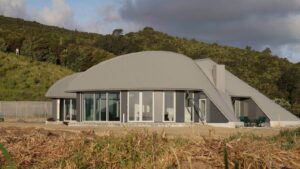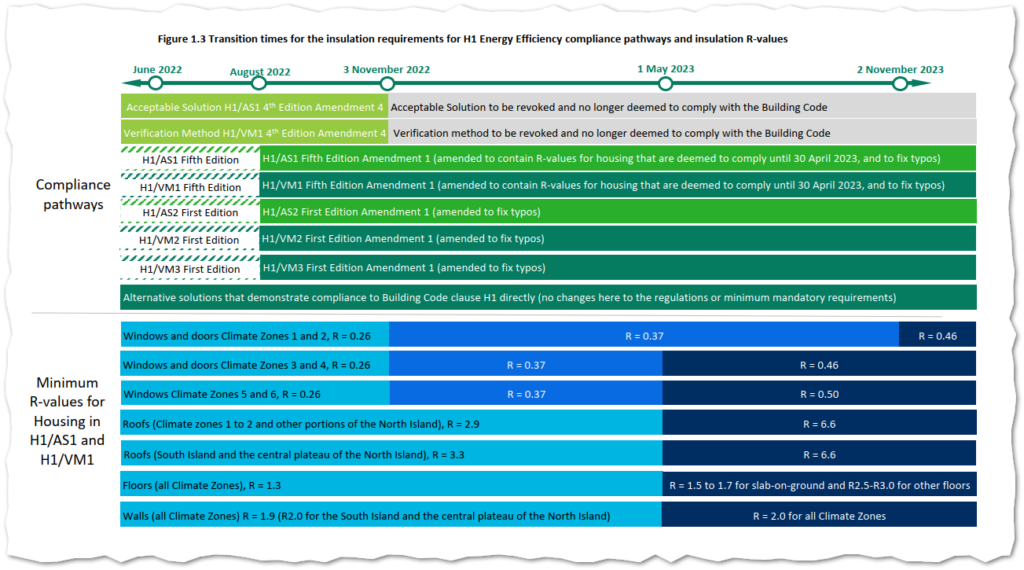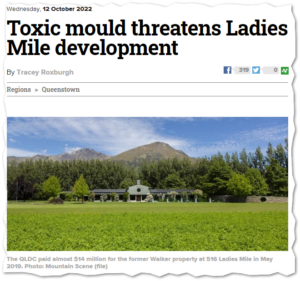Have you purchased the Passive House Planning Package (PHPP) software from PHINZ and got stuck with some aspects of energy modelling using this tool? PHINZ now has a PHPP support service available. PHINZ has contracted the Sustainable Engineering team to answer questions via email on PHINZ’s behalf. The questions and answers will also be compiled as a FAQ, which will …
Grand design at Tapu more than meets the eye

Stuff’s ranking of this season’s homes featured on Grand Designs is of course highly subjective and arguably not particularly useful. Sustainability did feature as a criteria but frankly was a bit token. Rainwater tanks are hardly an optional sustainable upgrade when town water supply isn’t available. Predictably, our team puts the Watterson Residence in Featherston in the #1 spot. We …
Renewal of your PH Designer/Consultant or PH Tradesperson Qualification

We’re often asked by accredited PH Designers / Consultants and Tradespersons how to renew their qualification. For PH Designers / Consultants there are two ways to renew your qualification: By documenting a Certified Passive House, EnerPHit retrofit (or Precertification) or PHI Low Energy Building for which you have done the PH design work in a special technical report format and …
“Grand” Passive House project in spotlight

Great to see certified Passive House performance getting some prime media coverage. It featured on Grand Designs this month, which was then written up by Stuff. It’s a large home in Featherston, designed by one of the owners, and looks fantastic. The owners got stuck in on the construction side too; it was a great effort but had to be …
Better windows start now

It’s disappointing that the c have been delayed further. However, new levels of window thermal performance kicked in last week. So did new calculation methods. As of 3 Nov 2022 the old H1/AS1 etc are no longer acceptable. I’ve included the new schedule below. It’s more complicated because some parts of the upgrade were pushed back a further six months. …
New Aus Defence buildings to meet airtightness targets

Tip of the hat to Sean Maxwell for his LinkedIn post alerting me to some welcome developments in Australia. The Australian Department of Defence has revised its Building Energy Performance Guide to include enforceable air tightness testing requirements for all its new buildings. Permeability targets are defined in the guide. All buildings must be tested for airtightness according to ISO …
It’s not just about the money

Here’s a nice round up from Stuff, who talked to people living in Dunedin’s Toiora High Street co-housing development, which is certified Passive House. Stuff has covered this project well and it’s great that journalist Colleen Hawkes went back to ask how residents were liking their new homes after a year of living there. The answer? Very much indeed. The …
New video focuses on Fletcher’s LowCO project

It’s not often our work features in video format so it was fun to see Newsroom cover the LowCO (low-carbon) homes by Fletcher Living. Sustainable Engineering has been involved with this project for the past two years, working on the embodied carbon modelling and consulting on the finer points of energy modelling. Some novel questions have emerged! For instance, we’ve …
Toxic mould condemns $17m mansion

It’s rare to hear about building failures as owners of properties that require remediation often want it kept very quiet. As the new owner is the local council, which claims it bought it for the land, this case made headlines locally. The property at 516 Frankton-Ladies Mile boasts a five bedroom, copper-roofed house sprawling over 440m2, plus additional 320m2 of …